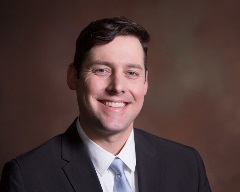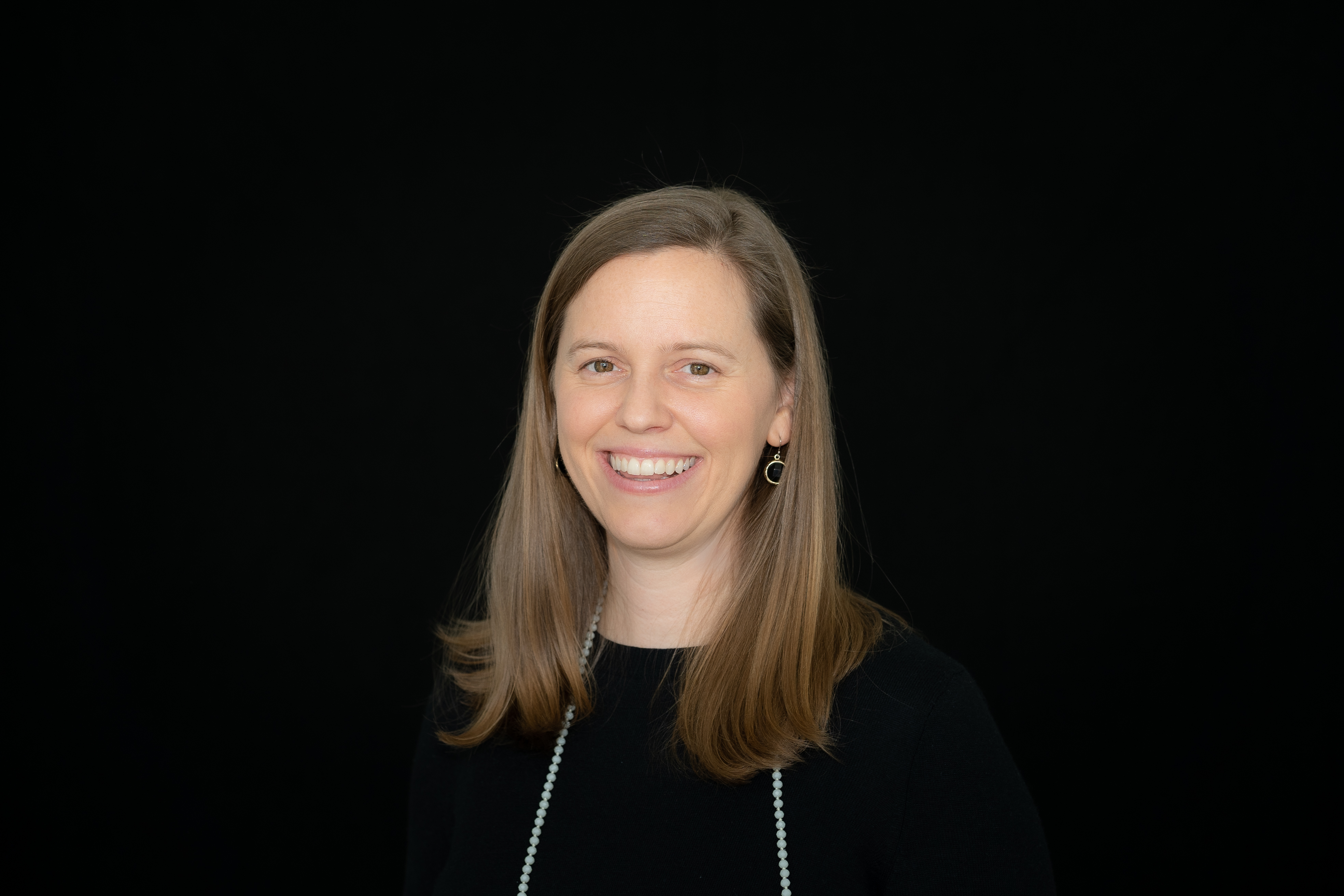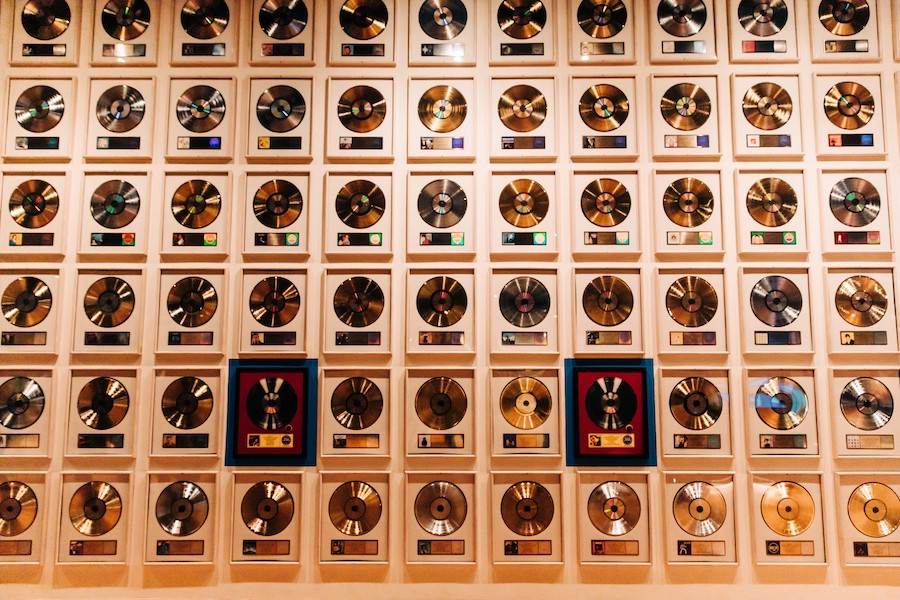Jeremy Rush on Storytelling and Celebrating the Legacy of Country Music
By Amy Jacques
November-December 2023
Name: Jeremy Rush
Title: Senior Director of Public Relations, Country Music Hall of Fame and Museum
Location: Nashville, Tenn.
Job highlights: Before joining the museum, Rush oversaw media relations for PeaceHealth, a health care system based in Vancouver, Wash. He also worked for Oregon Health & Science University’s Knight Cancer Institute in Portland, Ore. Prior to working in the Pacific Northwest, Rush was based in Nashville and managed media relations for the Monroe Carell Jr. Children’s Hospital at Vanderbilt, and, from 2005 to 2010, the Country Music Hall of Fame and Museum.
Best downtime activity: Visiting record stores and doing outdoor activities with my kids
Any three dinner guests: I like to laugh and hear great stories, so I’ll go with Amy Sedaris, Little Richard and Dolly Parton
Favorite books: I love biographies, particularly about music. Some of my favorites are both Elvis Presley biographies by Peter Guralnick – “Last Train to Memphis” and “Careless Love,” “Our Band Could Be Your Life: Scenes from the American Indie Underground 1981-1991” by Michael Azerrad, and Jeff Tweedy’s memoir “Let’s Go (So We Can Get Back)”
Favorite artist/musicians: There’s so many that I love from many genres. Townes Van Zandt, Nina Simone and John Prine, to name a few.
Best leadership advice: Related to crisis communications, “Tell it first, tell it all and tell it yourself.”

You are currently the senior director of public relations at the Country Music Hall of Fame and Museum. How did you first get your start in public relations?
I majored in journalism, and I had dreams of being a journalist and writing about music. I had this dream to save the world as well. I was inspired to be a journalist by a college professor in Nashville and I wanted to cover areas with civil unrest and make a difference in that way.
After I graduated from college, I moved to East Africa for a year and wrote about topics that I thought were important… related to HIV, and international adoption laws.
Then I came back and started interning for Nashville Public Radio, WPLN. So, I covered a wide variety of things as a journalist. I had been writing about music separately and writing album reviews.
Initially, I [questioned] whether I wanted to go into PR. But as I learned more about the museum — it’s a nonprofit focused on education — it was an opportunity to do something [to make a difference] and still write and be creative.
How is your PR department structured?
We’re a big museum — last year, we had 1.5 million visitors. We’re one of the most visited history museums now in the United States. And our team is small; we have the benefit of really focusing on earned media, PR and working with journalists. We have a big external affairs team, but my team is focused on developing [relationships with] reporters and serving journalists as they come through.
What is a typical workday like for you?
On a typical day, I could be writing press releases. And we have a lot of video crews that visit, so we help them with their pieces. We host travel writers. We are promoting our exhibits and public programs.
We also line up our historians and spokespeople for interviews. For instance, when Loretta Lynn died [in October 2022], we had someone talk about her career and the importance [of her legacy].
What are some key tenets of storytelling and how can you make a meaningful connection with audiences, and continue to foster relationships?
Country music itself is a narrative art form. That’s what makes the music special. For the museum, we stick to our mission, which is telling the history of country music, and the depth and breadth of that. But also making you feel something, like music, while you learn. That’s an important part of storytelling for us. We do that in a variety of ways, but it’s using those best practices of communicating across all your channels.
Our exhibits are thought-provoking too. It may not be what you expect from the museum. In particular, “Western Edge,” examines the country folk, blues and bluegrass influences that birthed that sound out of California, starting in the ’60s on to the ’80s. At one point, it became one of the most popular sounds across the country and the world.
How has your outreach broadened and evolved as both the city of Nashville and country music have been embraced by a new generation and younger audience?
Nashville has grown and the museum has benefited from that. Originally, when the museum moved from Music Row to south of Broadway in 2001, there wasn’t a lot in that area, but now it’s thriving.
For young audiences, we did something that’s not typical for us. We did a pop-up exhibit for Taylor Swift; we knew that she was coming here for The Eras tour. Taylor Swift has had a longtime relationship with the museum and made a big donation to underwrite our Education Center, which serves people in our community in a lot of different ways.
She’s connected to country music from her beginnings to today, so we showcased 10 of her iconic outfits from different eras. And people responded well to it.
People were coming into town for the concert and the museum sold out for four straight days in advance, which we had never done. People lined up to see this one portion of the museum, but also got to see the Education Center because we had artifacts in there from her Midnights era, which we always rotate.
How do you promote such a storied brand like the Country Music Hall of Fame and Museum — as well as the legacy of Hatch Show Print and Historic RCA Studio B?
It’s all about communicating that we are a museum with an unduplicated collection and that we’re focused on education — in addition to having all the exhibits in a place like a tourist destination.
And Hatch Show Print is a 140-year-old business that has created this iconic artwork for all the artists and has been a huge part of the national story as well as for graphic design. It continues to use historical letterpress, woodblock carvings and a lot of the original presses to make something new with fresh eyes. And that’s appealing to people who come to cover it because it’s using history to create this new thing.
For Studio B, it’s the same. It’s a historic studio that was originally built for Elvis and yielded tons of hits from Waylon Jennings to Dolly Parton to The Everly Brothers. And a lot of the original instruments are still in that space and used.
We have a big exhibit that we update every year called “American Currents.” It reports on what happened the previous year and the big moments in country music.
That’s another way that the museum is sticking to its mission. It’s being thoughtful. We have some of the foremost historians, writers of country music and scholars on our staff who deliberate on that exhibit every year. And it’s only the museum that can contextualize what’s happening today and look at what informed that in the past.
Chartered by the state of Tennessee in 1964, the museum is a nonprofit, educational organization. Beyond traditional exhibits, it also focuses on fostering education and community programs, and cultivating songwriters. It also has a publishing arm, a record label, a historic letterpress print shop and a recording studio. How does this tie together to have a continued cultural impact on the country music community?
People see those things, and then they recognize we have a collection. We are a nonprofit and we need support from artists. And we put this music into perspective and comment on its cultural significance in a way that only this museum can.
We see that play out in artists donating artifacts to us. Recently, Earl Scruggs’ family donated his iconic banjo that he played his whole career and it’s part of our Precious Jewel exhibit that showcases iconic artists and their instrument. They donated that to the museum for us to take care of forever. So that is a huge, priceless artifact.
We want people to understand that. Again, it’s going back to our mission of preserving and interpreting country music through exhibits, public programs and our collection. Jerry Douglas was playing at this recent Earl Scruggs donation ceremony, and this is one of the most talented musicians on the planet. Alison Brown performed on Scuggs's banjo and was joined onstage by the Douglas’ band, the Earls of Leicester, in reuniting and playing four other original instruments used by Flatt & Scruggs, including Lester Flatt's Martin D-28 guitar from the museum's permanent collection. It’s just really cool because these instruments are meant to be played. We have a stringed instrument curator that takes out instruments from the collection to maintain them and even play them because it’s not good for them to just sit in the dark.
Are there any big issues or emerging trends that have your attention in the PR space?
We’re so focused on our media and we still see a lot of value in getting a piece in a magazine or newspaper. We had nearly 20,000 stories last year on the museum. So it’s something that we’re always tuned in to — making sure that we have a customer-service oriented approach getting journalists what they need, if they need someone to talk about Loretta Lynn, or they’re doing a piece on our exhibit or they’re a travel writer.
Something I’m always watching is shrinking newsrooms. It’s always concerning. There was a piece recently in the Nashville Scene, our alt weekly here, where they cited that there are six PR professionals to one journalist in Nashville. Nashville is a heavily sort of publicist town, where there’s a big music industry. But it’s still concerning.
For us, it’s maintaining those relationships... and just making sure that we continue to give journalists everything they need and making their lives as easy as possible.
What advice do you have for PR’s next generation?
Being open minded and focusing on your area, but also being curious about other areas of an organization.
In my career, I found that that if you diversify and try new things, it always pans out in a good way — but also still do what you’re passionate about doing. That’s why I got into PR — I realized that I could do something that was meaningful and still learn and be passionate about the topics that I’m into. And for 13 years or more, I shifted to doing PR for health care, and was fortunate to work for a couple of medical centers and universities that were doing great research and I learned so much.
As I exited healthcare — I spent almost a year and a half when the pandemic hit — I was living like eight PR lifetimes, just managing through COVID working in the health system for hospitals in the Pacific Northwest as the pandemic rolled through. I will never forget that… And it led me back to music and the museum in Nashville, where I’m from. So, you never know what turn you’re going to take — it’s good to just roll with it.



